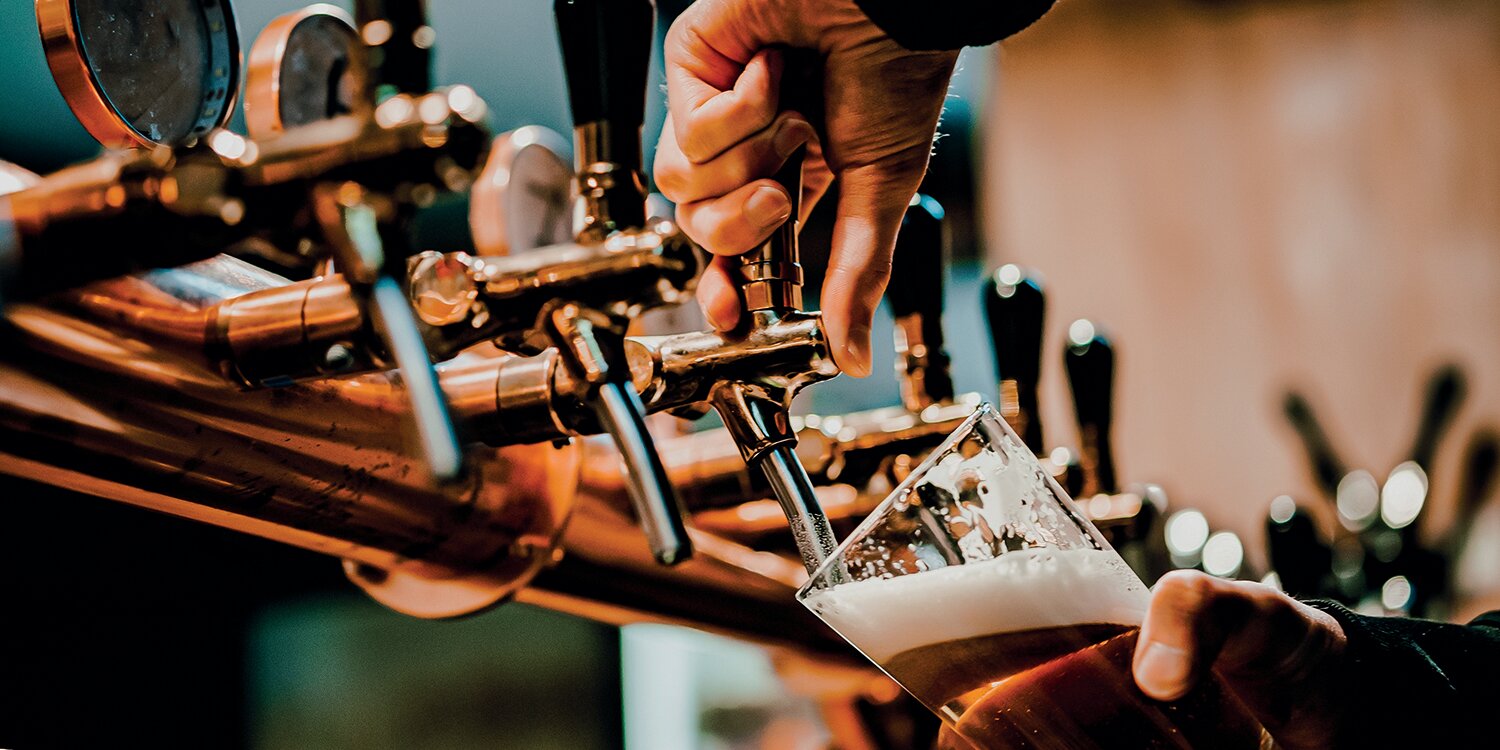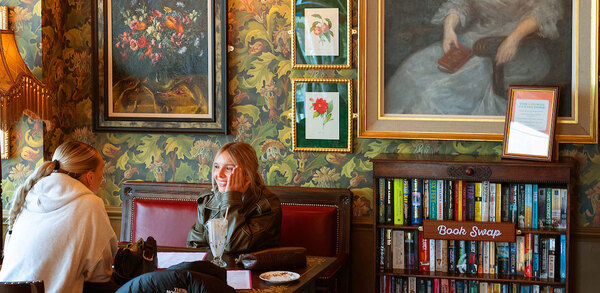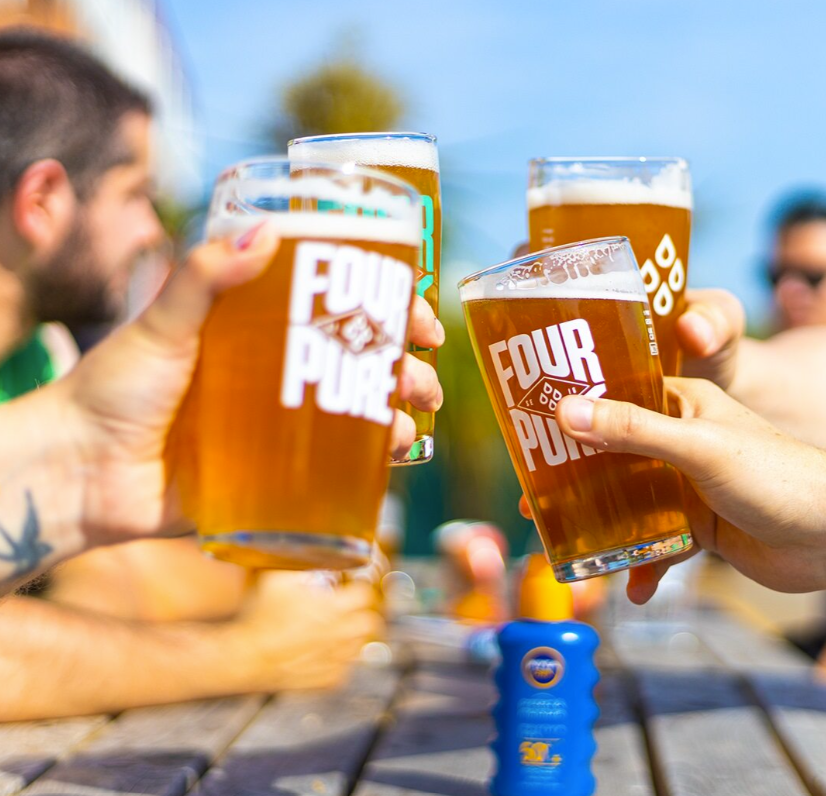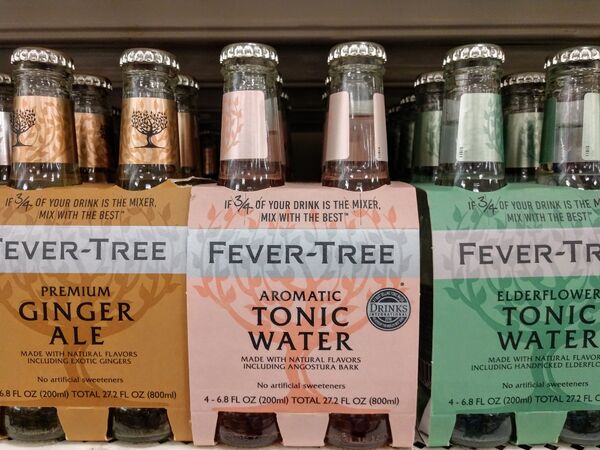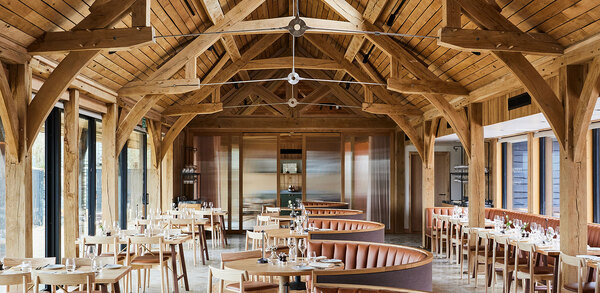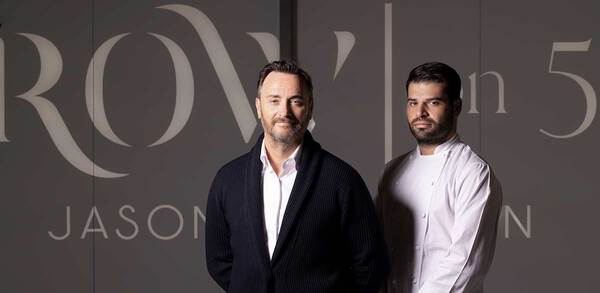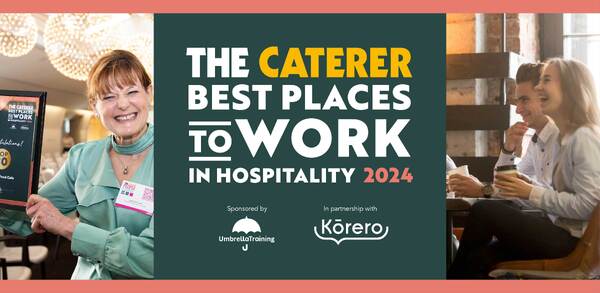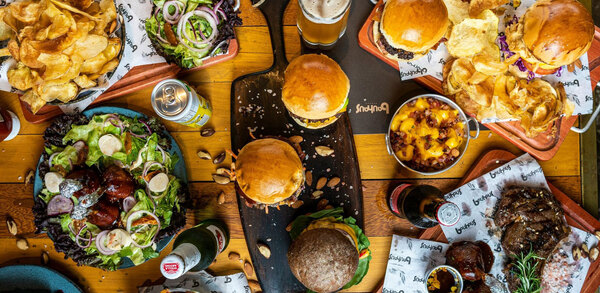How pubs can survive and thrive
In the face of economic hardship pubs have to keep on top of trends to stay in the game. John Porter reports
The pint glass often seems more half empty than half full when it comes to assessing the health of the pub sector. The long-term decline in total numbers, which has seen around one third of the UK’s pubs close since the turn of the century, has definitely been exacerbated by the pandemic and current economic challenges.
Estimates vary, but the Campaign for Real Ale (CAMRA) classed more than 550 pubs as ‘long-term closures’ during the second half of 2022, meaning the sites had gone out of business or were standing empty, while a survey by property specialist Altus Group reported that around 400 pubs in England and Wales closed in 2022, taking the total below 40,000.
In response, Emma McClarkin, chief executive of the British Beer & Pub Association (BBPA), has repeated calls for greater levels of government support. “With rocketing energy costs, soaring inflation, severe labour shortages and plummeting consumer confidence, pubs are being pushed to breaking point. We need intervention, otherwise many more will be forced to close,” she said.
There are also reasons to be cautiously optimistic, though. The pub model has had centuries of practice adapting to changing circumstances and, crucially, is valued by communities and customers. As and when the economy improves, some shuttered pubs are likely to attract new tenants and lessees.
New forms of ownership are also emerging. The summer of 2022 saw the Bampton Valley Community Pub group in Cumbria buy the freehold of the Mardale Inn at St Patrick’s Well. Having seen the community’s two pubs close, locals launched an offer to buy the shuttered Mardale Inn with the “phenomenal” support of rural community support charity the Plunkett Foundation. This raised more than £400,000, and more than 500 people became shareholders in the business.
Sue Goble, one of the six-strong management committee that oversees the pub on behalf of the community owners, says: “The whole village volunteered to put the pub back on its feet by painting and decorating and so on. We opened for drinks in July 2022, for food in November, and are now refurbishing letting rooms to open in summer 2023.” The pub is staffed by a combination of paid staff and volunteers, with the latter “paid” through discounts on food and drink.
Centre of attention
The once-thriving town centre pub and bar market has had to adapt to the more flexible working patterns of many post-lockdown office workers. The view of some urban operators that reduced office time means “Thursday is the new Friday” is backed up to an extent by analysis of anonymised mobile phone data by demographics specialist CACI.
Paul Langston, partner at CACI, says: “The picture isn’t uniform between locations, but there does seem to be a trend that worker areas are getting their biggest boost in early evening followed by more moderate growth later into the evening on Thursdays. Meanwhile, Fridays have taken their biggest hit early in the evening, before recovering a little later into the night.
“Based on what we are seeing, pubs shouldn’t be giving up on Friday for a late-night offer, but in selected, and identifiable locations, promotions and staffing should be flexed to reflect a changing dynamic.”

Pocket money
Another notable trend in an uncertain economy is people eating and drinking out less, but spending more when they visit. CGA’s consumer tracking shows 60% of people expect to visit venues less often, but roughly the same number (56%) plan to make the most of those less-frequent visits.
On the drinks side, this has boosted sales in more aspirational categories such as cocktails, and craft and imported beer. Drinks brands are encouraging operators to revamp their ranges in response. Heineken UK on-trade category and commercial strategy director Charlie Fryday, says: “Continental lager has become the best performing beer segment in the market, providing a quarter of all lager, and consumers are willing to pay a premium for it.
“Moving away from classic lager and into more premium beers, as well as increasing the selection of no- and low-alcohol options, can attract younger drinkers to outlets. Continuing to stock a range of craft beers will also appeal further to the Gen Y and Gen Z market.”
Simon Brooks, national on-trade manager for Duvel UK, says: “Belgian beer drinkers seek out pubs that cater to their tastes and offer a real drinking experience, rather than just any old beer. While this is happening across the whole spectrum of age groups, younger drinkers are really clicking with Belgian beer as they tend to drink less volume, but better quality beer.”
Feast for the senses
When it comes to food, suppliers recognise that pub menus need to balance the offer between familiar classics combined with enough innovation to motivate cautious consumers. Holly Rogers, research and insights manager with Bidfood, cites Mintel research showing that 46% of UK adults like the idea of a familiar dish with a global twist. “Eating out is still an integral part of many people’s lives, and the demand for exciting and tantalising menus still remains, arguably even more so than before with consumers seeing dining out as more of a treat.
“This is perfect for pub classics. Think of swapping a traditional scotch egg to a falafel equivalent, or take your classic lasagne and spice it up a notch with Mexican tortillas.”

Potato products specialist Aviko has produced a free-to-download Food Trends Report 2023. Mohammed Essa, commercial director, says: “Consumer interest and spend on health has risen, as well as the demand for food that brings comfort when eating out. With limited spend however, the need to reimagine classics and offer something different to what can be eaten at home is growing. Affordability, comfort food and nostalgia are all trends that continue this year.”
UK marketing manager Pete Evans at Lamb Weston, which has recently launched a new, crunchier chip, says: “Expectations on foodservice operators have never been higher. Guests want to be wowed like never before and every element of a dish needs to deliver a great quality sensory experience that goes beyond just taste.”
Adding a bright and colourful twist helps ensure dishes look good for social media, says Phil Thornborrow, foodservice director at Quorn Foods. “Despite different dietary habits and reasons for choosing meat-free, what all these consumers have in common is a desire for big, adventurous flavours and dishes that are packing a punch.”
Gordon Lauder, managing director of frozen food distributor Central Foods, agrees: “All of our research shows us that people choosing vegan and vegetarian options when dining out don’t want to feel they’re compromising on taste or quality.” He suggests focusing on frozen foods “to help avoid wastage, cope with unexpected demand and allow for consistent portion size and presentation.”

Charles Coleman, sales director at frozen bratwurst and currywurst supplier the Sausage Man says, “Sausages represent a perfect, practical menu choice for a quick to serve option, a flavourful and a well-proven top pub menu choice which appeals to all ages. Awareness of world foods, supported by the popularity in global street foods, has grabbed the attention of a new demographic – many consumers are looking for authenticity.”
Customisable choices such as pizza offer benefits for both pubs and customers, says Charlotte Perkins, trade marketing manager for bakery supplier Pan’Artisan: “Pizza offers a familiar menu option, a family favourite and one of the best-loved menu choices that won’t break the bank. The ability to easily customise a pizza through toppings, sauces and even variations of the base provide operators with an incredibly adaptable menu offering, which is a perfect quick-serve option for eat-in and performs equally well for delivery or takeout.
Ready, set, go
Entertainment is also playing its part in maintaining pubs’ appeal. Alan Leach, co-founder of quiz tech company SpeedQuizzing reports that an average 1,500 hospitality venues host its events every week. “We’re increasingly finding that pubs and bars are turning to quizzes rather than live sport to drive footfall and sales, particularly on traditionally quieter nights of the week, with the feedback being that people typically drink more during a well-run quiz than during a match on TV.”

Adrian Bates, manager of the Olton Tavern in Solihull, says: “I first introduced SpeedQuizzing in 2019 and it has proved a huge hit with customers, with our Sunday night quiz regularly attracting 20 teams. Players love its fast pace and the fact that it removes opportunities for people to cheat and the software making it easy to set time-limits on how long teams have to answer each question.”
Menu trends
Hospitality trends consultancy Egg Soldiers advises pubs to look at:
- Comfort and nostalgia: Chicken Kyivs and schnitzels; rarebits and pies; tougher meat cuts and the whole breadth of animal fats – chicken skin, beef dripping, lamb fat.
- Meals on toast: rarebits, crab toasts, roasts on toast, all defy day part occasions and make a filling, affordable meal.
- Fire cooking: moving into summer, those pubs that can will move menus onto barbecues. They attract customers and might help keep electricity bills down.
Suppliers
Aviko www.aviko.co.uk
Bidfood www.bidfood.co.uk
Central Foods www.centralfoods.co.uk
Duvel UK www.duvel.com/en-gb
Egg Soldiers www.eggsoldiers.co.uk
Heineken UK www.heineken.co.uk
Lamb Weston www.lambweston.eu/uk
Pan’Artisan www.panartisan.com
Quorn Foods www.quornfoodservice.co.uk
The Sausage Man wholesale.sausageman.co.uk
SpeedQuizzing www.speedquizzing.com



